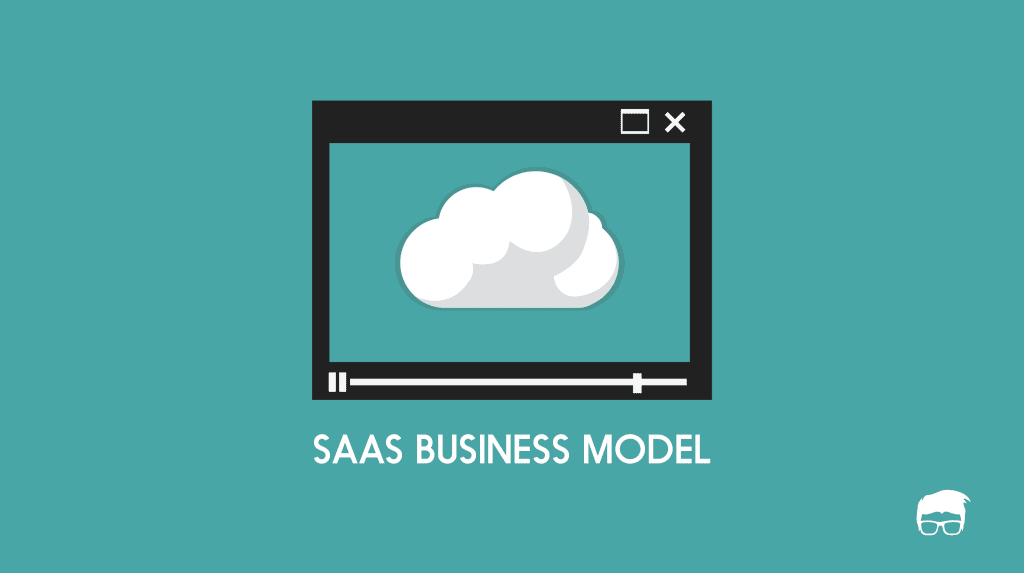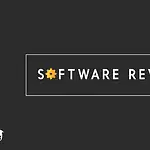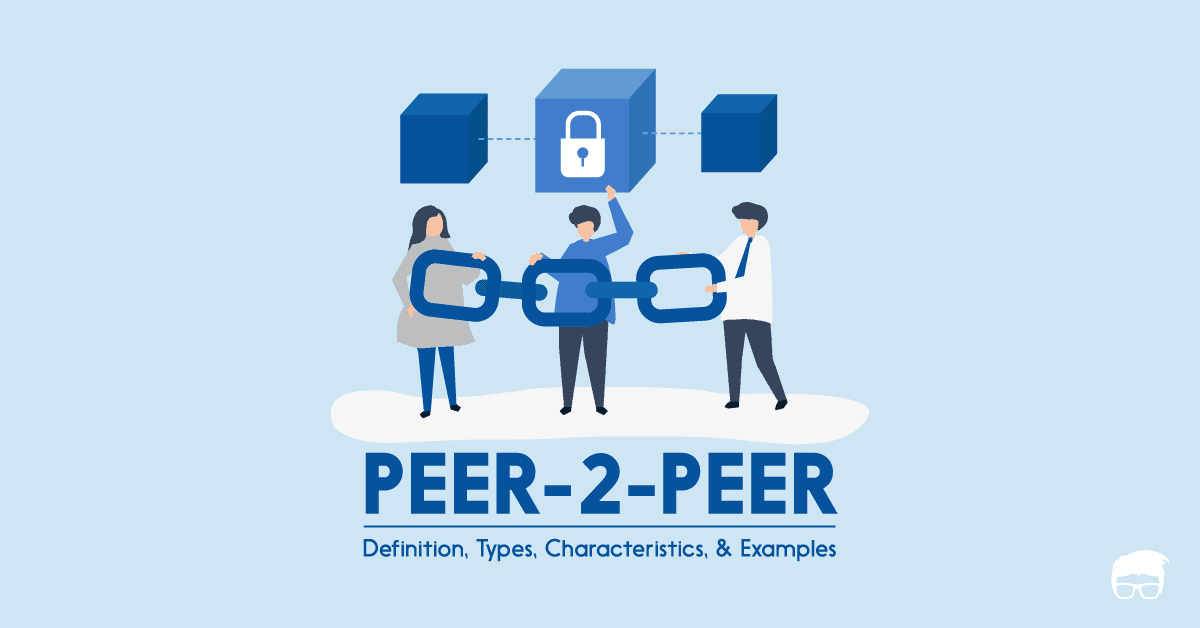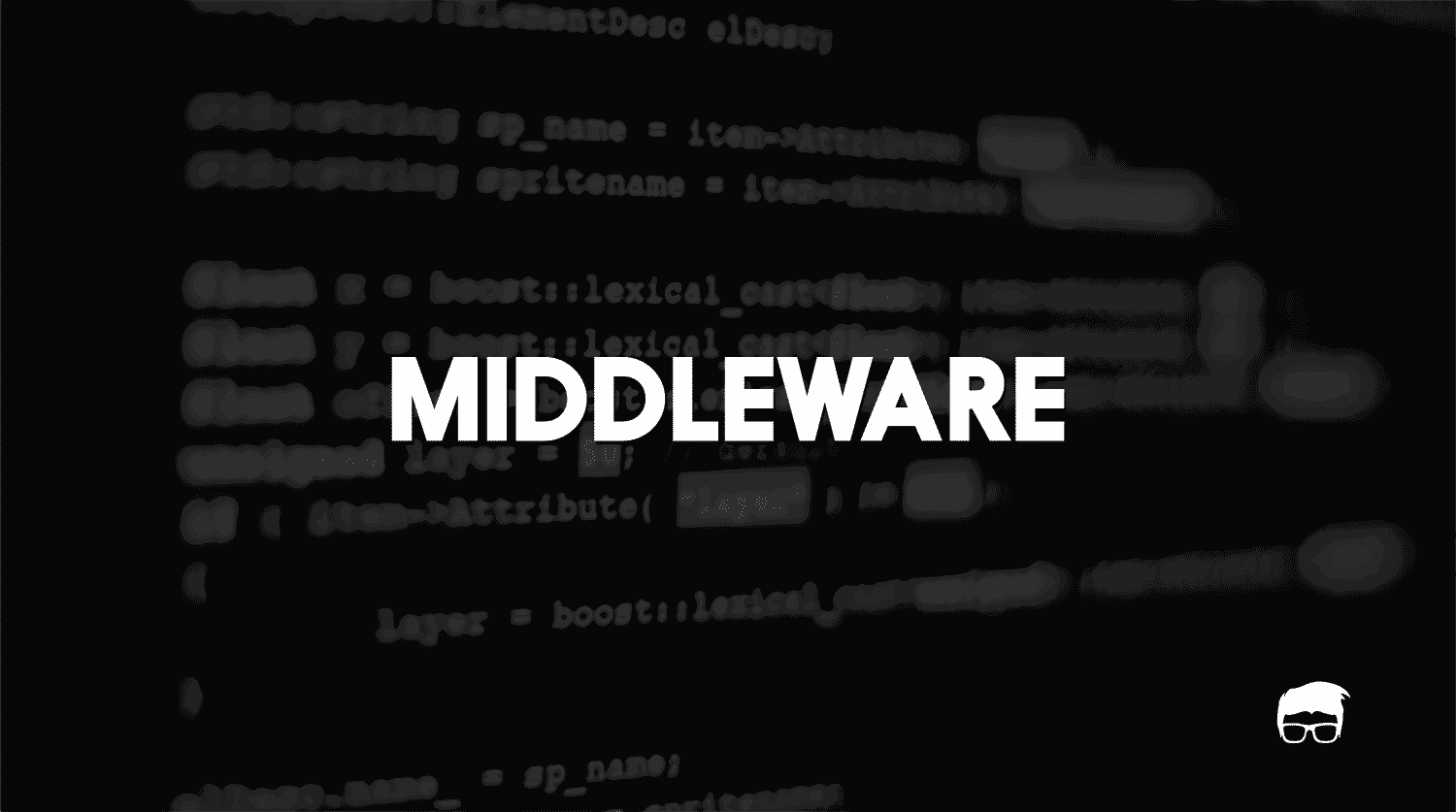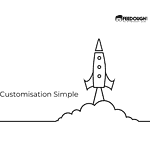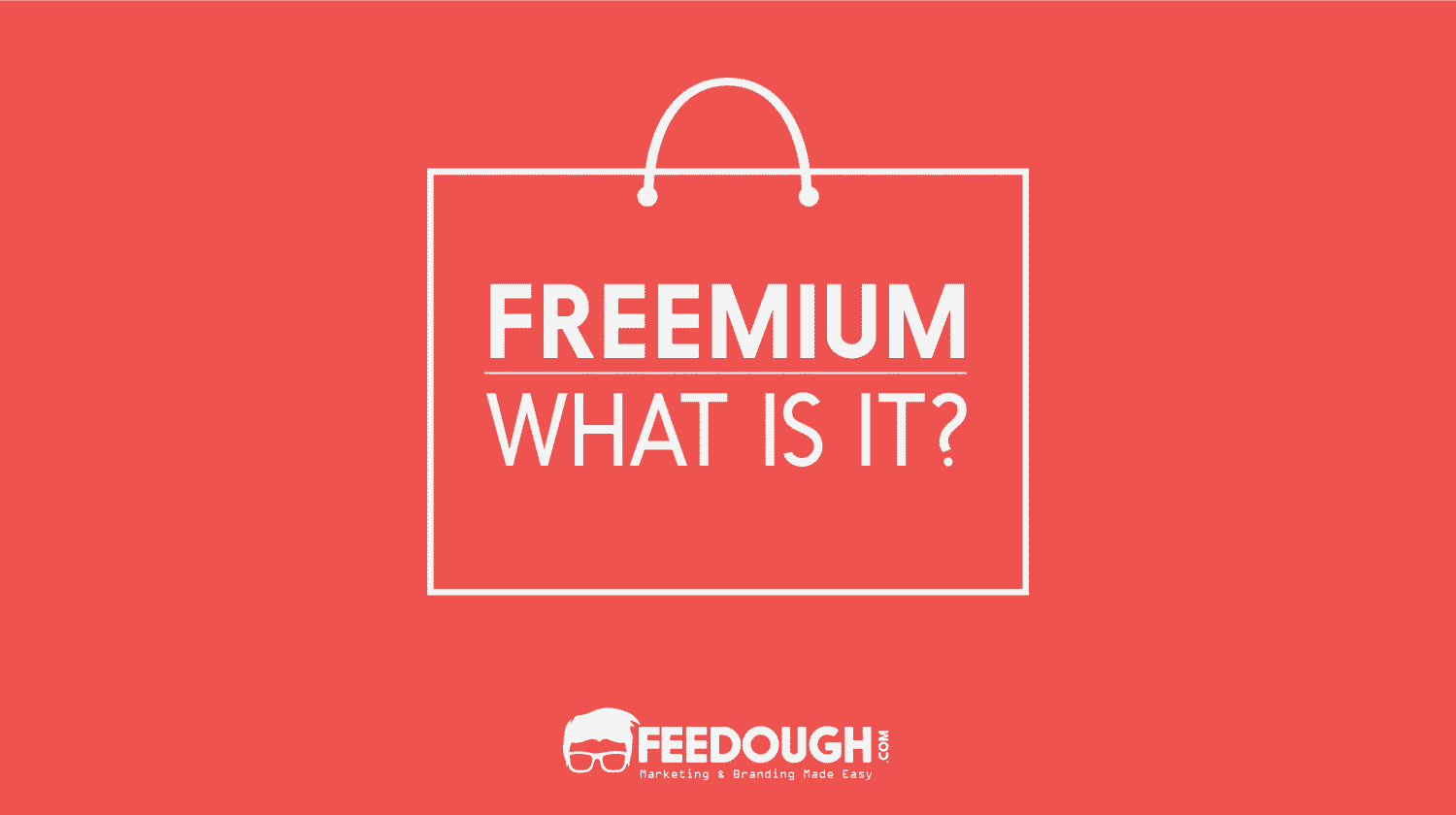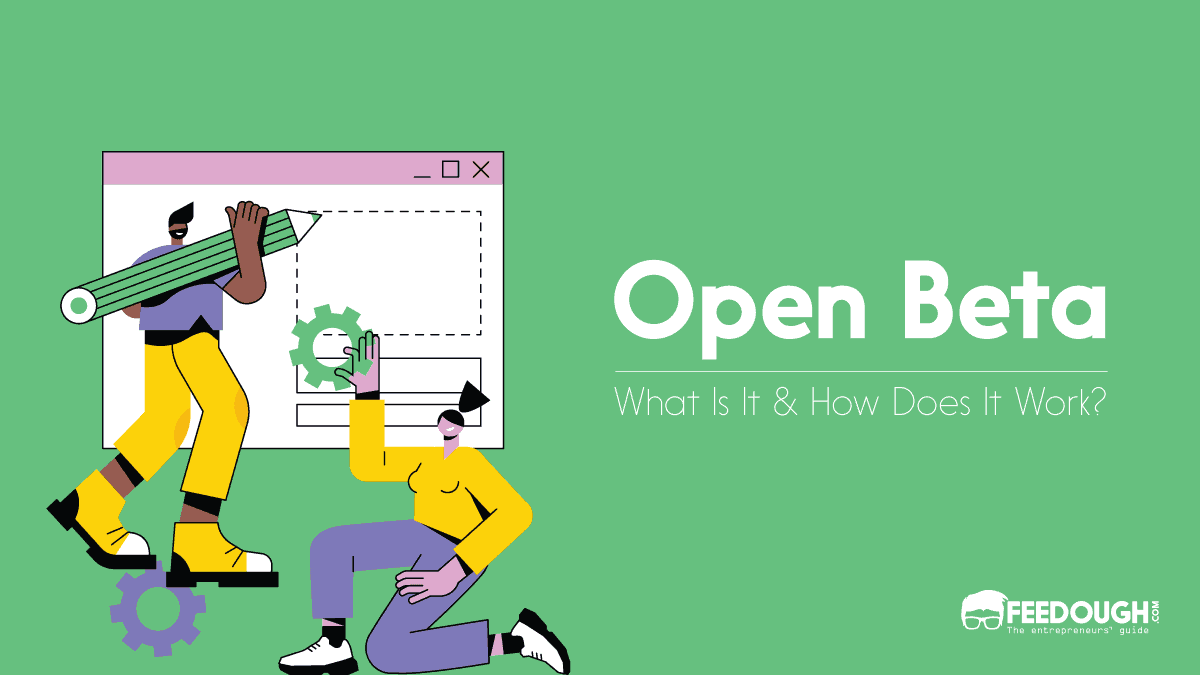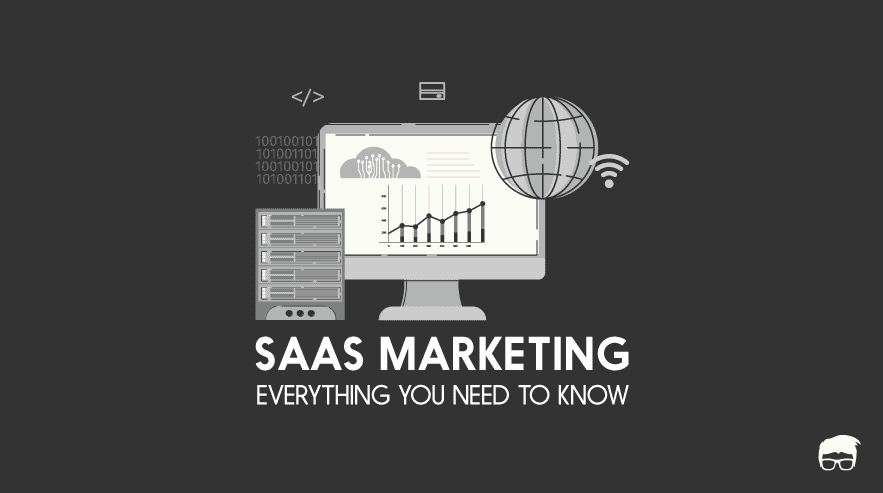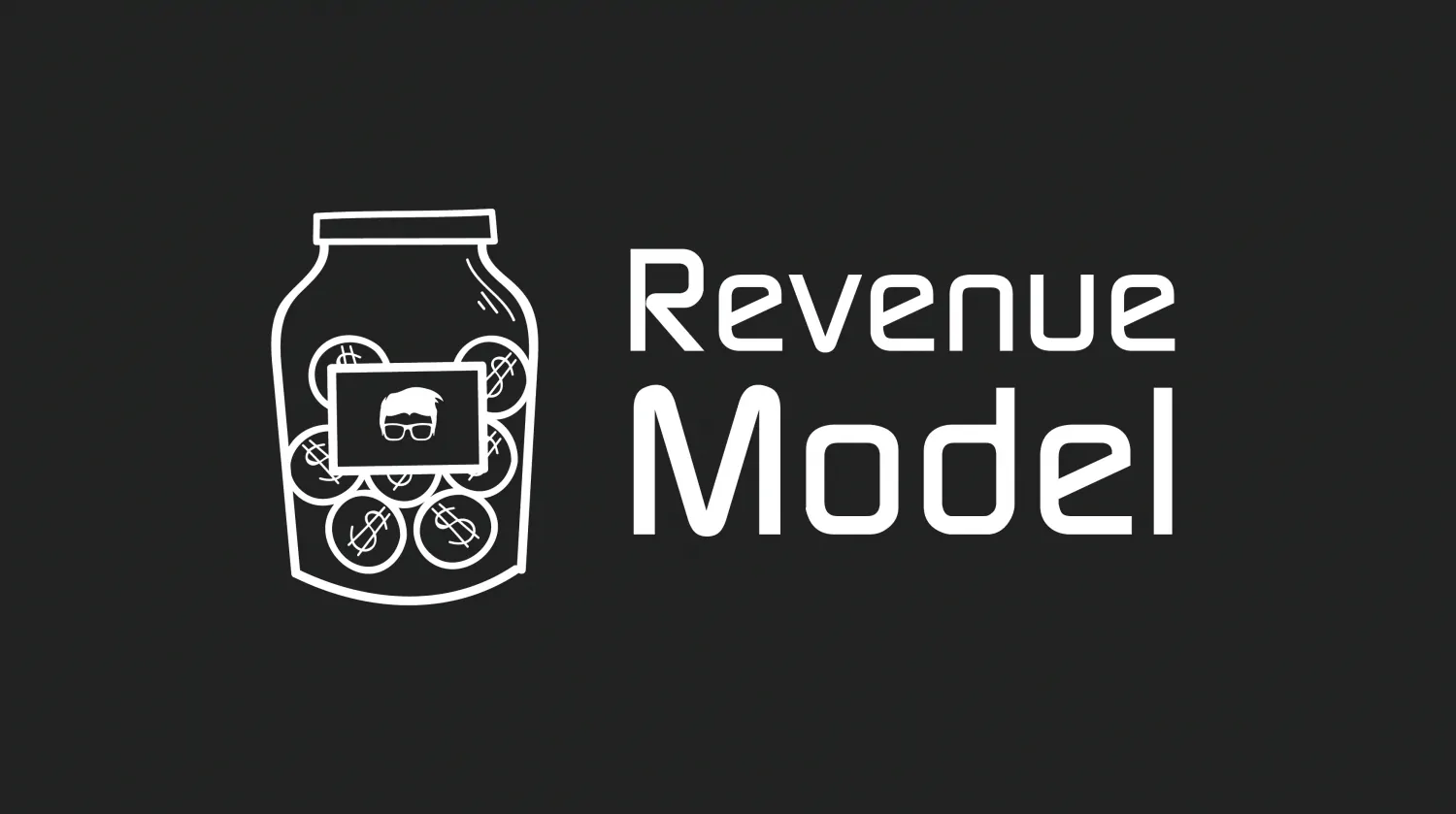Software come in two forms:
- Software As A Product (SAAP): where the software is usually sold with a usage license and is hosted on the user’s machine/system.
- Software As A Service (SAAS): one of the recent advancements in the technology industry where the software is provided online and hosted on a server and users pay the rent to use the software for a specified time period.
The cloud computing industry has been on a fast forward since its inception in the days of the dot-com bubble. According to Gartner, the worldwide public cloud services market is projected to grow 18 percent in 2017 to total $246.8 billion with the highest growth coming from infrastructural services (IAAS).
But before moving ahead to discuss the SAAS business model and how SAAS works, it is important to know the basic terms of this industry.
What is Cloud Computing?
Cloud computing refers to delivering computing services like software, servers, storage, databases, networking, analytics, infrastructure, etc. over the internet (the cloud). Companies providing these services often charge you based on your usage within a certain time period.
Cloud Computing can be categorized into SAAS, IAAS, and PAAS.
What Is SAAS (Software As A Service)?
SAAS is a part of cloud computing and only deals with the software which are provided on the cloud as a service.
That is:
Instead of purchasing the license and installing the software in your own system, you rent the usage of the software and access it over the internet.
Examples of SAAS:
- Google Apps
- Microsoft Office 365
What is PAAS (Platform As A Service)?
Paas provides a platform that includes the operating system, programming language execution environment, database, web server etc. on the cloud over which software or application can be developed and/or deployed.
Examples of PAAS:
- Heroku
- Google App Engine
- Red Hat’s OpenShift.
What Is IAAS (Infrastructure As A Service)?
In the IAAS model, the cloud host provides the infrastructure which includes servers, storage, networking hardware, virtualization, firewall, IP addresses, virtual local area networks etc. over the cloud which are accessed over a WAN.
Examples of IAAS:
- Windows Azure
- Amazon EC2
- Rackspace
Now that you know what exactly is SAAS and cloud computing, let’s dive into the details of the SAAS business model.
How SAAS Works?
Software as a product has many limitations:
- You have to invest in purchasing its license and also in upgrading their hardware to run the software
- A lot of time and money is spent on the customisation of the SAAP as per your requirements.
- The data is stored only on one device or server (if you’re using LAN)
- In order to update the software, you either have to buy the updated version or download the update from the internet which resulted in a wastage of time and internet.
Opting to the SAAS model has helped the developers in effectively removing/minimizing these limitations. SAAS requires only one prerequisite; the internet.
It hosts the software and the data on the cloud and lets the developer update the software without you downloading anything.
Another advantage of the SAAS business model is that it is easily scalable as everything is hosted on the cloud. The company can cater to users all around the world and not be limited to one region or country.
SAAS Business Model
Understanding SAAS Business Model isn’t easy. Many entrepreneurs underestimate its various performance indicators which becomes the reason why they fail. Before moving on to discuss the business model of SAAS, it’s important to know about specific key performance indicators:
CAC
CAC is the customer acquisition cost which is the aggregate cost (marketing costs + outsourcing cost + other costs) of acquiring one customer.
LTV
Lifetime Value(LTV) is the total revenue earned per customer. It’s calculated by dividing the total revenue earned by the number of customers in a specific time period.
MRR
Monthly recurring revenue is the amount of fixed revenue retained every month. It is a measure to calculate how well are the customers retained in the business. It is calculated by multiplying net users per month by the subscription fee.
MRR Churn
Churn refers to the revenue lost and customers who’ve left. It is calculated by multiplying the net users left per month by the subscription fee.
The Economics Of SAAS Business Model
SAAS is a subscription-based business model which involves the generation of profits after a considerable long period of time. That is, the expense is incurred a long time before you actually see the profit. It takes months to recover CAC which usually results in negative cash flow in the business.
The expenses in these stages of SAAS business model include
- COGS: which include outsourcing costs, server costs, etc.
- Sales & Marketing Costs
- Research & Development Costs
- General & Administrative Costs
Since the SAAS model is a subscription-based model, the revenue earned takes time to cover up the expenses and result in profit.
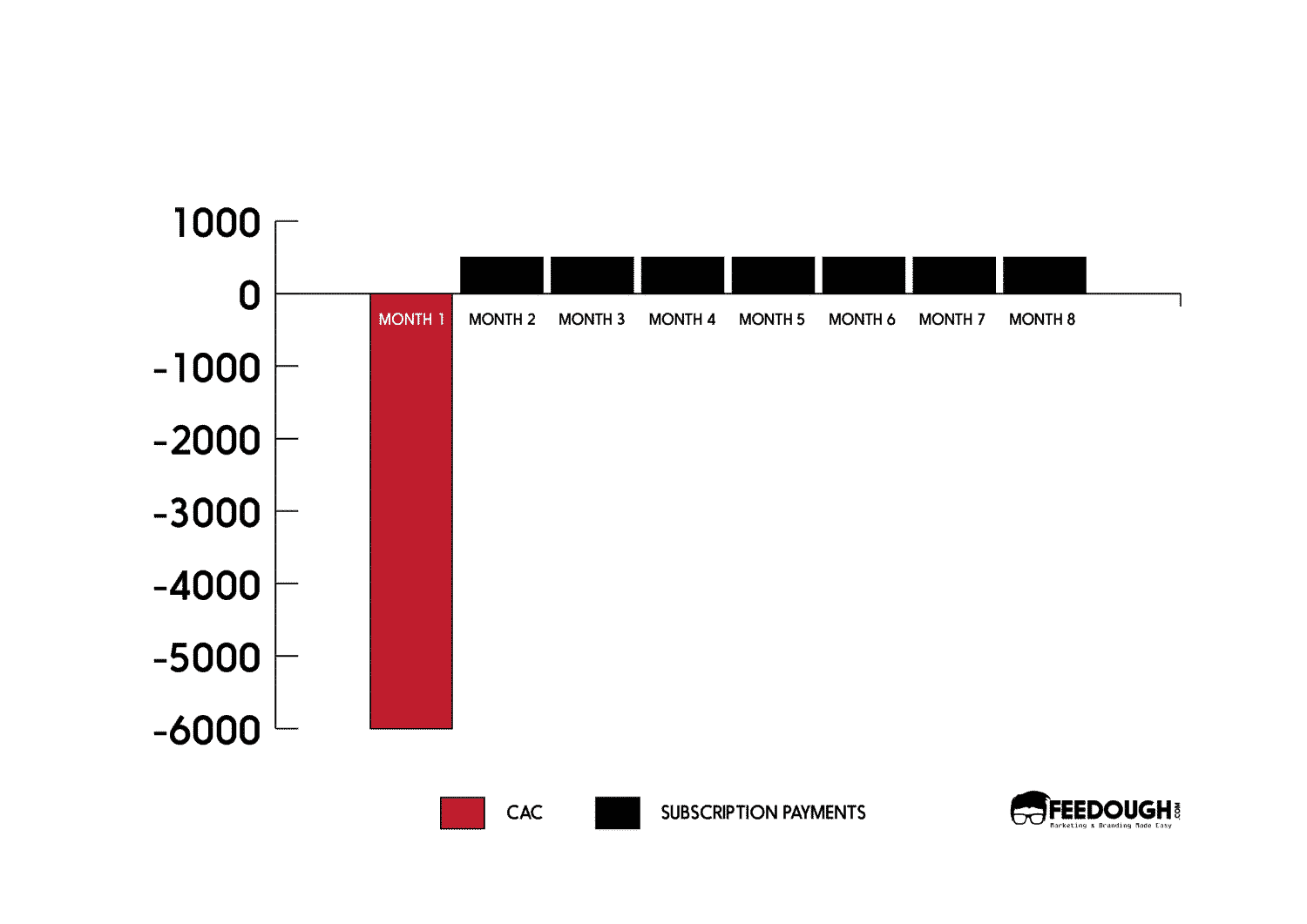
This leads to the increasingly negative cash flow for the first few months as there is an increase in the customers acquired by the business.
More customers = More CAC = Less Profits/Negative Cash Flow
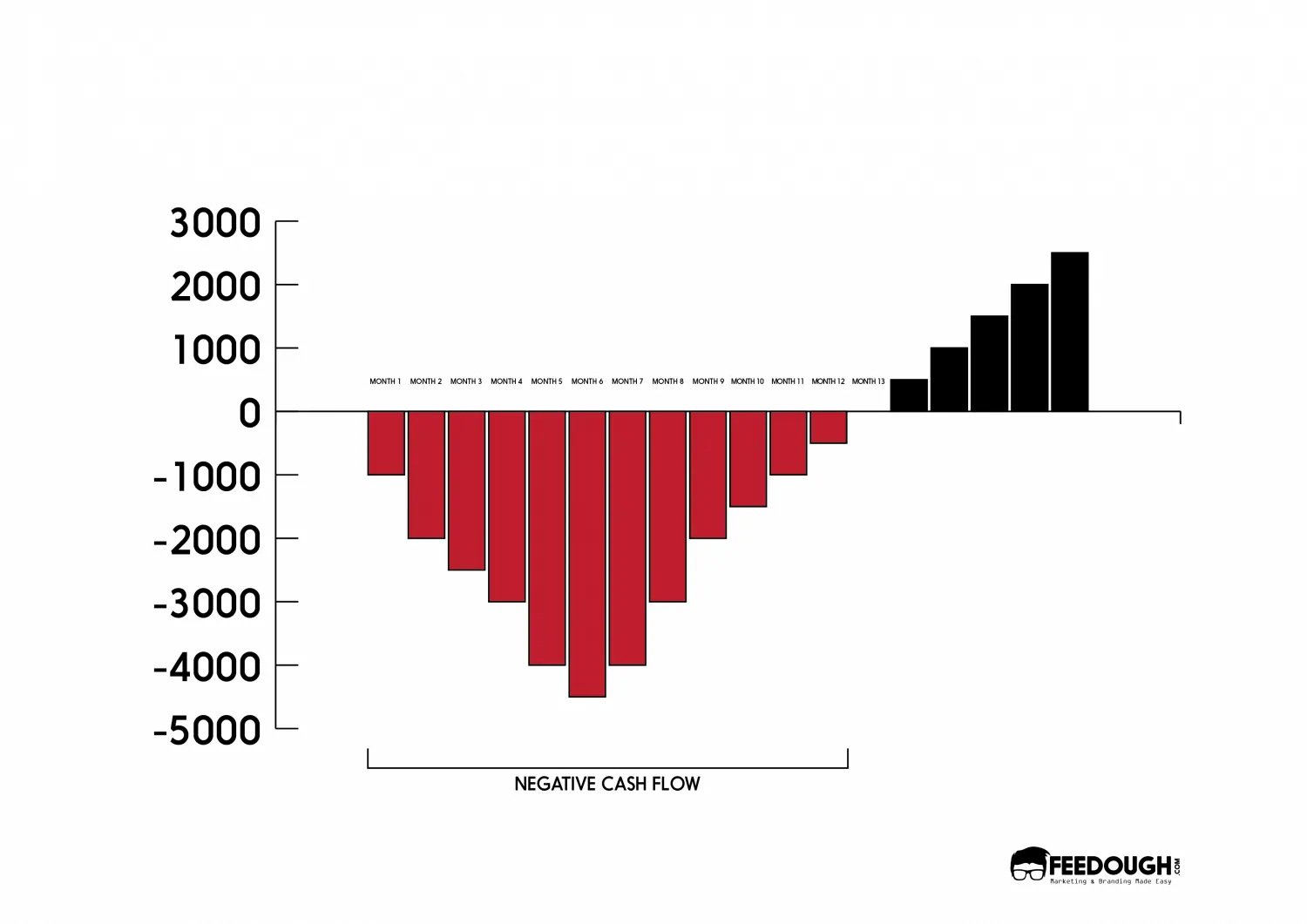
The negative cash flow is usually minimized by charging the customers on a yearly basis rather than monthly.
Customer Churn VS. LTV
Customer retention is one of the most difficult tasks of SAAS business. Nevertheless, every SAAS business sees some of its customers leaving each month which is named as customer churn. Customer churn affects the LTV of the business.
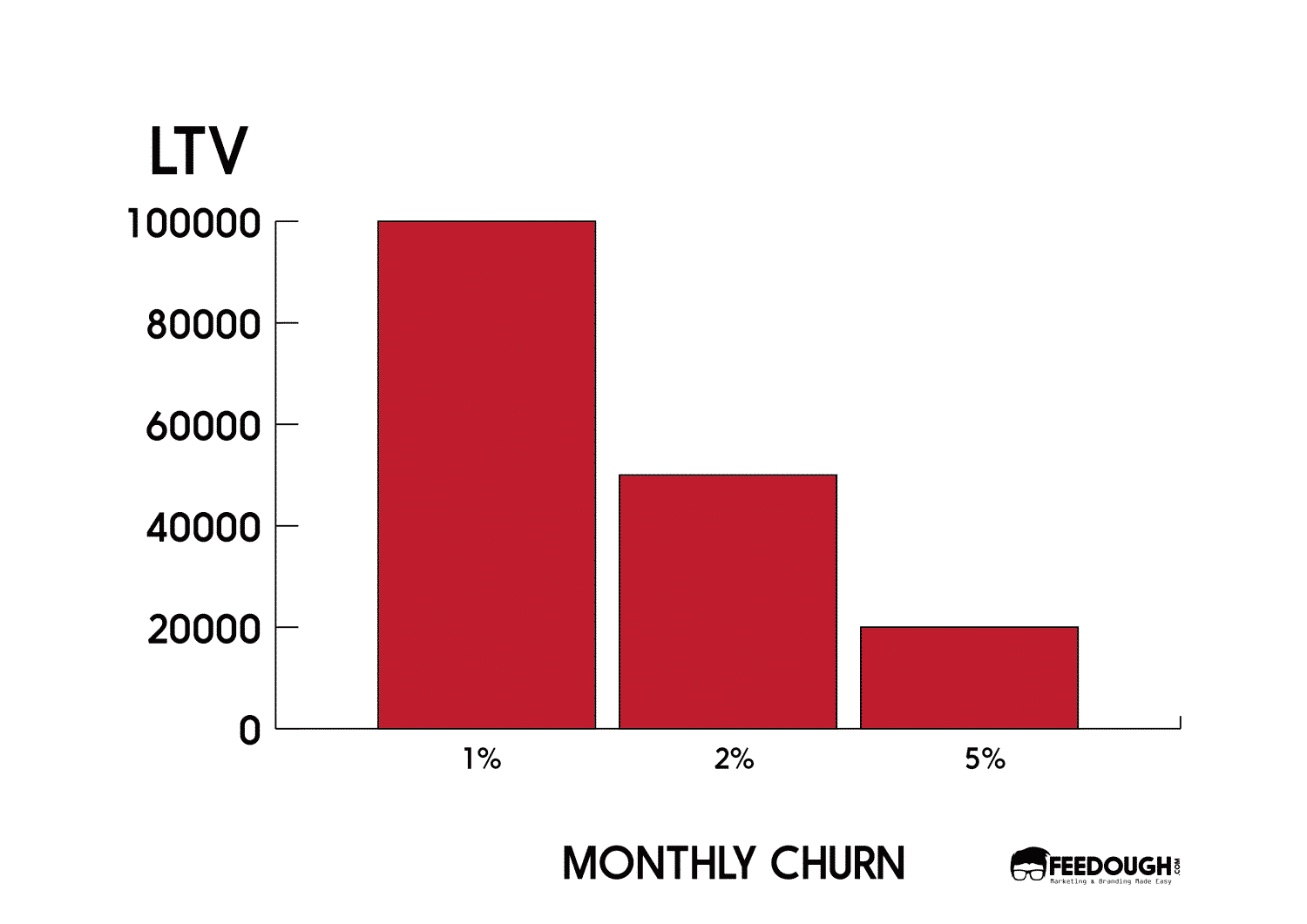
To avoid this, SAAS entrepreneurs look for ways to attract more customers and expand the revenue from the existing ones. The marketing funnel of the SAAS model looks like this.
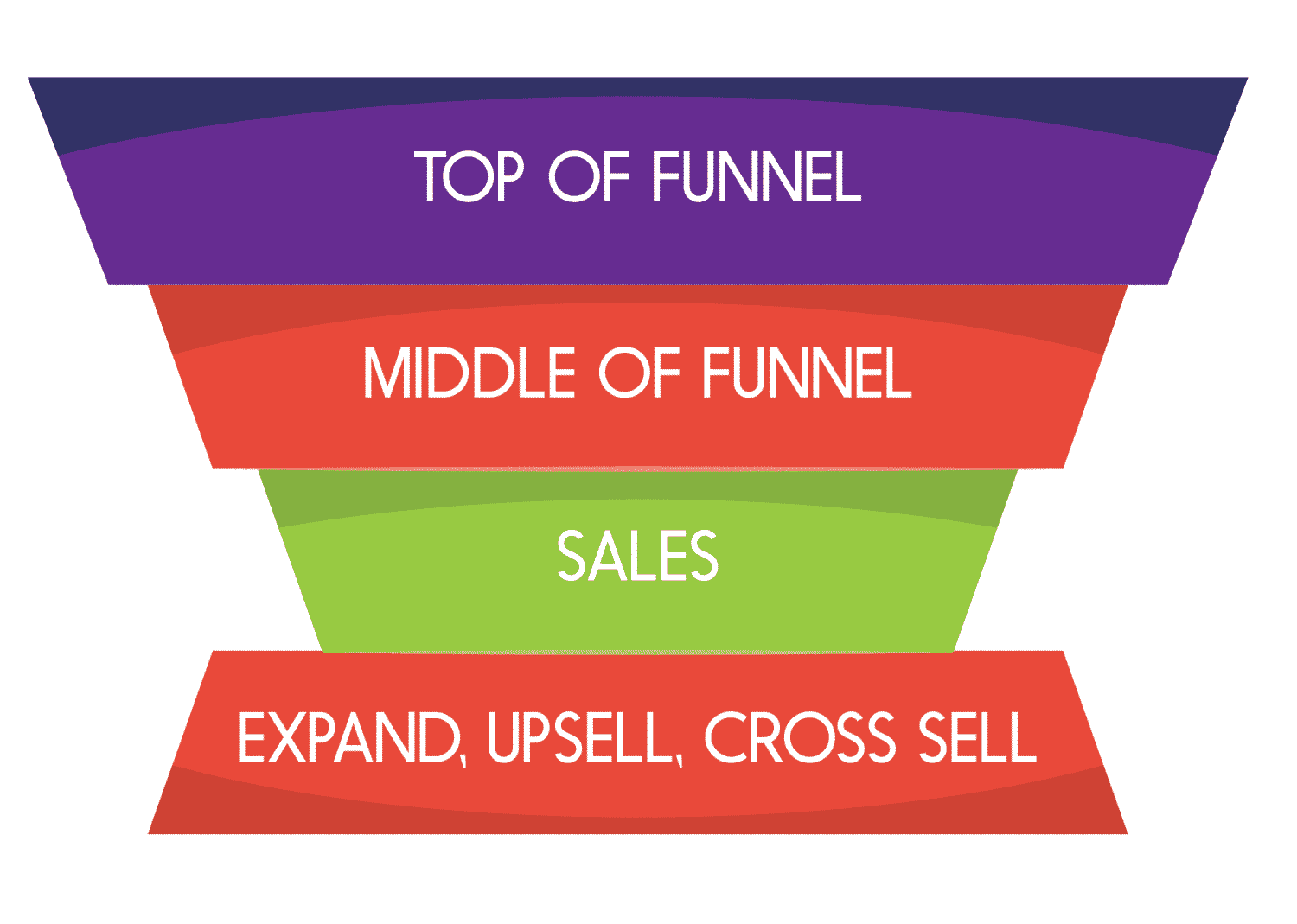
Ever wondered why the SAAS packages come in free, basic, pro, & enterprise editions?
Here’s the answer:
The economics of the SAAS Business Model is divided into three parts:
- Acquisition
- Retention
- Monetization
The company acquires the customers by providing freemium services, and once acquired other services are offered at a basic periodic price to him. This leads to retention and monetization.
Software as a service (SAAS) example
Google Apps
Google apps is an online suite of communication and collaboration tools. It consists of the following:
- Gmail, Hangouts, Calendar, and Google+ (Communication)
- Drive (Storage)
- Docs, Sheets, Slides, Forms & Sites (Collaboration)
The suite is provided as a freemium model where most of the services are provided free of cost while upgraded services like extended storage space and custom email address are provided at a cost.
Go On, Tell Us What You Think!
Did we miss something? Come on! Tell us what you think about our article on SAAS business model in the comments section.
A startup consultant, digital marketer, traveller, and philomath. Aashish has worked with over 20 startups and successfully helped them ideate, raise money, and succeed. When not working, he can be found hiking, camping, and stargazing.
